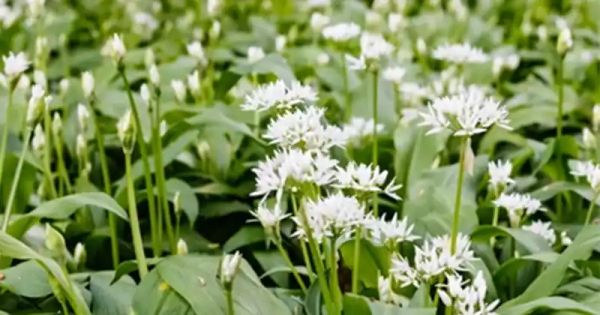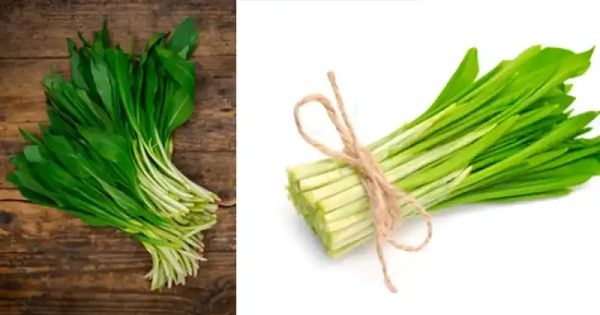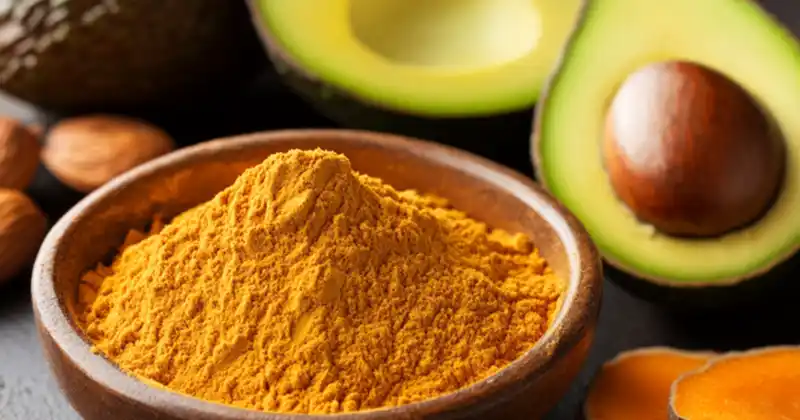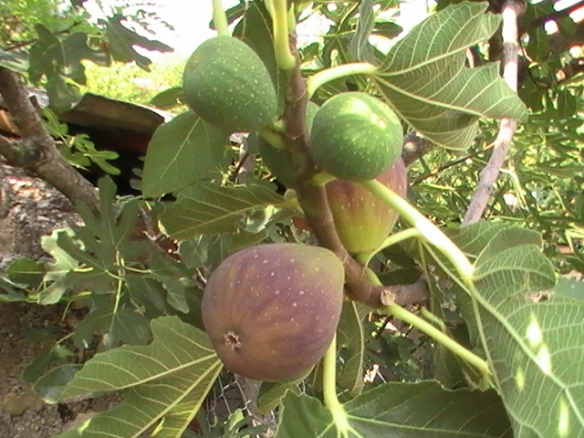
Ramsons, also known as wild garlic, bear’s garlic, or Allium ursinum, are a unique and versatile plant that often remains overlooked in the natural world. Often dismissed as a common weed, Ramsons are far from ordinary. They are a hidden gem in the plant kingdom, offering a wide array of uses and benefits. In this article, we will explore the fascinating world of Ramsons and shed light on their important uses that many people may not be aware of.
Botanical Profile
Ramsons are perennial herbaceous plants belonging to the Allium genus, which includes garlic, onions, leeks, and chives. They can be found in temperate regions of Europe and Asia, often in damp woodlands, riverbanks, and shaded areas. Ramsons typically grow to a height of 30-45 cm (12-18 inches) and have bright green, lance-shaped leaves that can reach lengths of up to 25 cm (10 inches).
What sets Ramsons apart is their characteristic garlicky aroma, emitted from both the leaves and the small, star-shaped white flowers that appear in early spring.

Culinary Uses
Ramsons are a hidden culinary treasure, offering a unique flavor that combines the pungency of garlic with the freshness of chives. They have been used for centuries in traditional cuisine. Here are some culinary uses of Ramsons:
- Flavorful Seasoning: Ramsons add a mild garlic taste to salads, soups, and sauces without the intensity of cultivated garlic. The leaves are particularly popular for this purpose.
- Wild Garlic Pesto: Ramsons make an excellent base for pesto, which can be used as a condiment, sauce, or spread. A simple recipe includes blending Ramsons leaves with nuts, olive oil, and Parmesan cheese.
- Pickled Ramsons Buds: The flower buds of Ramsons can be pickled, similar to capers, offering a tangy and garlicky twist to various dishes.
- Fermented Ramsons: Culinary enthusiasts experiment with fermenting Ramsons to create a unique, probiotic-rich condiment.
Medicinal Uses
Beyond their culinary merits, Ramsons have a rich history of medicinal use:
- Immune Boost: Ramsons contain essential vitamins and minerals, making them a natural immune booster, contributing to improved overall health.
- Antimicrobial Properties: Ramsons are known for their antimicrobial properties and have been traditionally used to combat infections and promote wound healing.
- Cardiovascular Health: Some studies suggest that Ramsons may contribute to heart health by lowering blood pressure and cholesterol levels, thanks to their allicin content, which is also present in cultivated garlic.
- Digestive Aid: Ramsons have been used to alleviate digestive issues, such as bloating and gas, due to their mild laxative and carminative effects.
Ecological Importance
Ramsons are not just valuable in the kitchen and medicine cabinet; they also play a crucial role in their natural ecosystems:
- Early Spring Pollinators: Ramsons’ early bloom in spring provides a vital nectar source for pollinators like bees, butterflies, and hoverflies, helping to kickstart the pollination cycle.
- Soil Stabilization: The dense stands of Ramsons in woodlands and along riverbanks help stabilize the soil and prevent erosion.
- Biodiversity: These wild garlic patches create unique microhabitats for a variety of species, fostering biodiversity in the ecosystem, from insects to small mammals.
Conclusion
Ramsons, often dismissed as a wild weed, offer hidden treasures in the most unexpected places. From the kitchen to the pharmacy and the natural world, Ramsons provide a multitude of uses and benefits that are often overlooked. Next time you stumble upon a patch of Ramsons in the wild, take a moment to appreciate the unsung hero of the plant kingdom and the wonders it has to offer.




